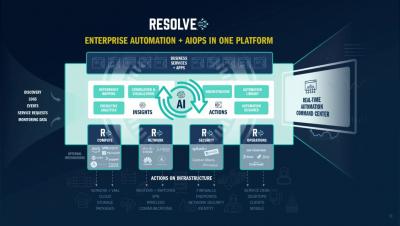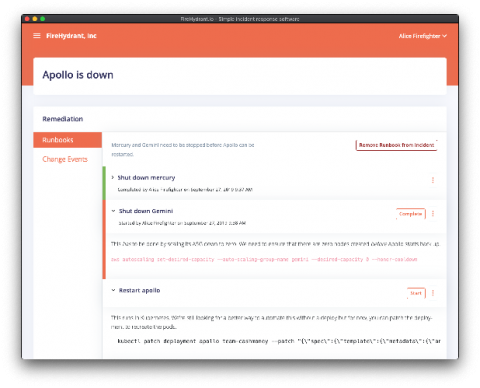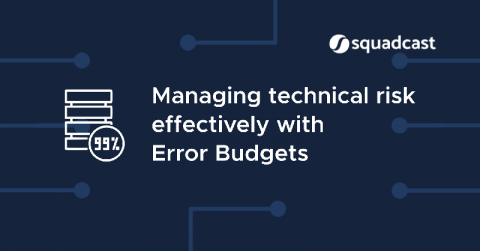Operations | Monitoring | ITSM | DevOps | Cloud
Alerting
Modernizing Your Digital Operations with Sumo Logic and PagerDuty
As digital transformation continues to be central to an organization’s growth mandate, it’s critical to ensure that customer-facing, revenue-generating, mission-critical applications are operationally reliable and secure. That’s where Sumo Logic comes in—for almost 10 years, we have been providing a Continuous Intelligence platform for DevSecOps that’s utilized by over 2000+ customers in almost every vertical.
The Pragmatic Buyer's Guide to AIOps Platforms
It’s been said hundreds of times: in the digital era, customers tolerate no downtime. IT operations teams must keep systems running 24x7x365, as the price of downtime is steep. According to Gartner, in 2014, organizations lost $5,600 per minute of downtime, which worked out to well over $300,000 per hour. Today, it’s likely higher, as organizations increasingly rely on technology to power revenue-generating business services.
Announcing Runbooks
Since the beginning, we’ve wanted to make it faster, easier, and even a joy to respond to incidents. We’ve had the typical components of incident response for a while, but orchestrating them together was a manual task by our users. Today we’re marrying together all the features already available in our incident response tool into our newest release: Runbooks.
The Pragmatic Buyer's Guide to AIOps Platforms
Relationships between Operation and Devlopment Teams
Modern businesses are evolving rapidly with the advent of cloud, CI/CD and microservices. However, there still exists an extensive and obvious divide between principle business stakeholders and developmental teams. Development teams are often unaware of the challenges faced by operations teams and vice-versa. This is where a need for adoption of DevOps principles comes into the picture. DevOps which came into existence as the natural successor to Agile practices in software development.
Integrating Time Series Correlation to Accelerate Root Cause Analysis
In any platform of sufficient complexity, multiple anomalies are likely to occur. For many organizations, NOC operators triage multiple anomalies based on their severity. There are internal, non-customer-facing issues that might affect only a small part of your workforce and one-time issues that affect only a small number of customers. Both of the issues get ticketed and sent to low-level support.
Managing technical risk effectively with Error Budgets
Managing IT Complexities with Automation
Digital transformation is not just a buzzword. It’s real, it’s happening and there is no escaping it. IT teams strive to propel their businesses towards growth and innovation. That’s why 2019 is all about transformative projects in tech: CIOs are planning to increase their investments in cloud technology (67 per cent), AI and machine learning (54 per cent), and emerging tech vendors (41 per cent).
Real-Time Analytics for Time Series
Let’s start with simple definitions. Time series data is largely what it sounds like – a stream of numerical data representing events that happen in sequence. One can analyze this data for any number of use cases, but here we will be focusing on two: forecasting and anomaly detection. First, you can use time series data to extrapolate the future.










